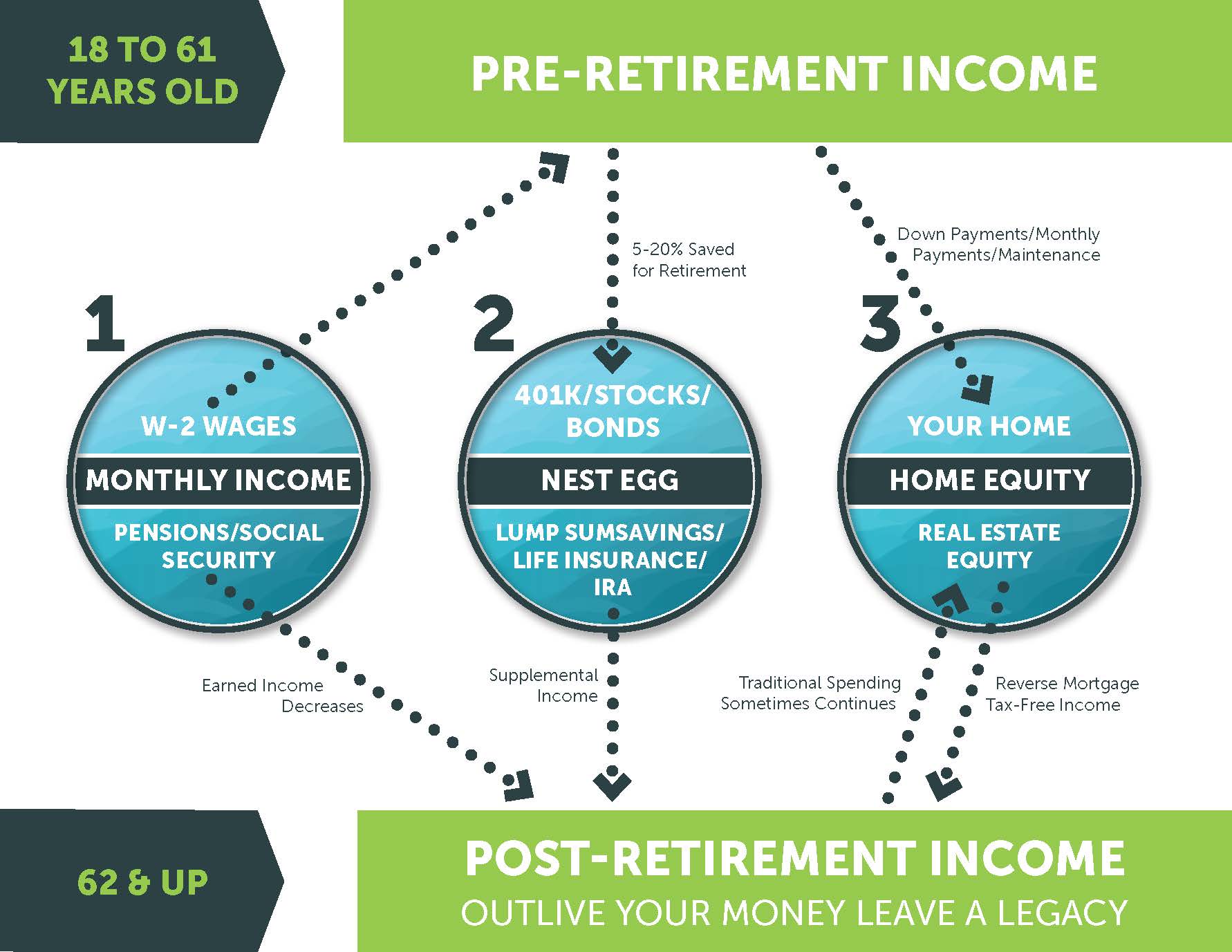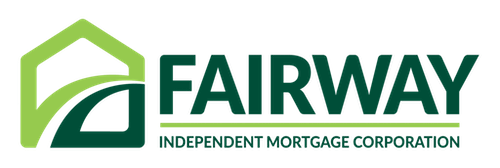Three Buckets of Retirement Income

The Sacred Cow of Home Equity
Many people feel that paying off their home and having no mortgage with lots of equity is the Holy Grail of retirement. Several people wait until their home is paid off before they retire and then feel they are safe to do so. The truth is that home equity is good, but it is not great because it is not liquid. In the face of fluctuating home prices along with nursing home and long-term care threats, it is typically better to have your equity in cash and in a form that you can control instead of relying on uncontrollable factors.
With people losing their homes in the depression era of the ‘30s and the latest round of the housing foreclosure crisis starting in 2008, many people feel that having a paid-off house in retirement is the safest way to go. The fact is that when a reverse mortgage loan enters the picture, the rules change because there is no payment and no risk of foreclosure as long as you live in the home as your primary residence and pay insurance and property taxes and maintain the home. (Of course, you have to pay property taxes even if you don’t have a reverse mortgage.) If you can use home equity without risk of foreclosure from missing payments, then the old rule of having a paid-off home in order to be secure may no longer be the best option. The truth is that a home is a great place to store memories but not a great place to store assets.
Once you understand that home equity is good, but cash is better, then the three buckets illustrated above will make a great deal of sense. During our earning years, we take money from the first bucket – W-2 Income – and put it into the second bucket – Retirement. What we also do is put quite a bit of our income into the third bucket – our home – purchasing it, making payments, improving it, etc. When we come to retirement, it is normal and expected to start drawing from bucket #2 (and stop contributing). Our first bucket decreases into just social security and pension income. However, most people continue to put money into bucket #3 when they don’t need to. They sometimes continue to make payments when there is more than enough equity in bucket #3. They should let that bucket take care of its expenses as well as give them a cash flow that is not taxable. What they don’t realize is that with a reverse mortgage, they can take cash out of bucket #3 just like bucket #2.
In the 3 bucket image above, notice the direction of the arrows and how they change to maximize your retirement income for post-retirement income on the lower rectangle. If you adopt this strategy as proven by Texas Tech research* and Boston College for Retirement Research**, your retirement funds will give you more income and be far more likely to outlast you! This is a big mental paradigm change. However, it is very imperative for you to understand the retirement rules, from taxation to home equity and especially long-term care issues, are just very different from what happened during your earning years. Retirement is a different game and has different rules. The better you understand those rules, the better your retirement income will be.
Let us explain why bucket #3 is so valuable for your retirement. Ask a local Reverse Mortgage Planner for more information about how a reverse mortgage loan works, we would be happy to be your reverse mortgage lender. And, if you're curious what you may qualify for, you can always use our free reverse mortgage calculator.
Furthermore, we have several useful resources on reverse mortgages to help you during the decision-making process.
* Pfeiffer, S., Ph.D., Salter, J., Ph.D., CFP®, AIFA®, & Evensky, H., CFP®, AIF®. (2013). Increasing the sustainable withdrawal rate using the standby reverse mortgage. ** Ellis, C. D., Munnell, A. H., & Eschtruth, A. D. (2014). Falling Short: The Coming Retirement Crisis and What to Do About It.
February 28, 2019

